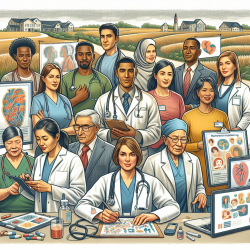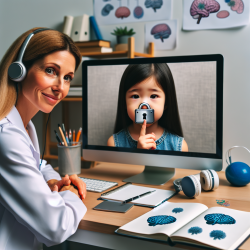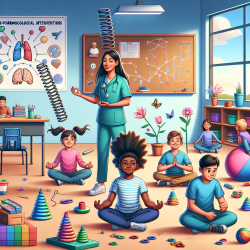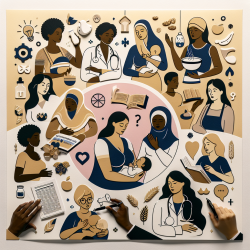Introduction
The evolution of medical education is a testament to the power of innovation and adaptability. The Indiana University School of Medicine (IUSM) has been at the forefront of this evolution with its regional campus model, a pioneering approach to medical education. This model, often referred to as the "medical school without walls," offers valuable insights for practitioners looking to enhance their skills and adapt to the changing landscape of medical education.
Key Takeaways from the IUSM Model
The IUSM's regional campus model has been instrumental in addressing physician shortages, expanding access to medical education, and fostering community engagement. Here are some key takeaways that practitioners can implement or explore further:
- Community-Based Training: Training physicians in the communities where they will eventually work ensures that they are well-prepared to meet local healthcare needs. This approach can be adopted by other medical institutions to enhance community-based medical education.
- Interdisciplinary Collaboration: The success of the IUSM model is largely due to its partnerships with other universities and healthcare systems. Practitioners can benefit from interdisciplinary collaboration by engaging with professionals from various fields to enhance their practice and patient care.
- Embracing Technology: The IUSM model incorporates online and on-demand learning, which has become increasingly relevant in today's digital age. Practitioners can leverage technology to access continuing medical education (CME) and stay updated with the latest advancements in their field.
Encouraging Further Research
The IUSM model is a rich source of insights for further research. Practitioners are encouraged to explore the following areas:
- Impact of Regional Campuses: Investigate how regional campuses affect the distribution and retention of physicians in underserved areas.
- Technology in Medical Education: Research the effectiveness of online and blended learning models in medical education and their impact on student outcomes.
- Community Engagement Strategies: Study the role of community partnerships in enhancing medical education and improving healthcare delivery.
Conclusion
The IUSM's regional campus model serves as an inspirational blueprint for medical education reform. By embracing community-based training, interdisciplinary collaboration, and technological advancements, practitioners can enhance their skills and contribute to the evolution of medical education. For those interested in delving deeper into the IUSM model, further research is encouraged to explore its long-term impact and potential applications in other regions.
To read the original research paper, please follow this link: Medical School Without Walls: 50 Years of Regional Campuses at Indiana University School of Medicine.










